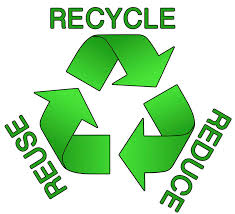Minimizing Medical Waste
1/31/2020

In accordance with World Health Organization guidelines, healthcare facilities need to be drastically reducing the amount, toxicity and impact of waste that they produce. “Reduce. Reuse and Recycle” are the keywords to remember here.
Of course, more than 80% of the waste that healthcare facilities produce isn’t dangerous. This means that if it is sorted correctly at source, a lot of it can be reused and recycled. This can even produce a small income for the facility involved.
The first step in facilitating the process is to implement strict segregation rules. It’s no use trying to sort the waste after it’s already been mixed. This is both dangerous and time-consuming. Hospitals can segregate, for example, old office supplies and tin cans then send them for recycling. Kitchen waste can be composted or sold as animal feed.
It’s a good idea to set up a dedicated Health Care Waste Management team whose sole responsibility is to develop a waste management plan for your facility. Their role would include putting policies in place for waste management, education and training of staff, and monitoring of the process. They need to meet regularly to assess issues related to any processes and to brainstorm ways of recycling and reusing products safely. As an example, priority should be given to purchasing reusable items rather than disposable. So, in the kitchen, stainless steel flatware can be used instead of plastic disposables. By doing this, some health care facilities have been able to earn enough money to pay for the services of their waste manager, thereby putting in place a self-sustaining system.
